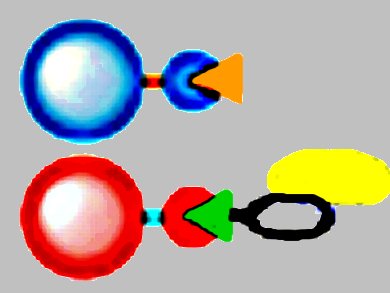Recognizing off-target activities of lead compounds is crucial in all phases of drug discovery. Todd Golub, The Eli and Edythe L. Broad Institute, Cambridge, MA, USA, and colleagues developed EnPlex, a novel method to identify the selectivity of compounds inhibiting the serine-hydrolase enzyme family.
The researchers coupled 100 different serine hydrolases to polystyrene microspheres (Luminex beads). Since the microspheres were associated to different dyes, each serine hydrolase could be coded by a different color. Next, the scientists incubated the enzymes-beads complexes with the test drugs, allowing their binding to the target enzymes. Subsequently, the enzymes that did not react with the test compounds were labeled with a biotinylated aspecific probe and a streptavidin-phycoerythrin conjugate binding to the biotin. By further analyzing the enzymes-beads complexes by flow cytometer, the scientists could identify the serine hydrolases by bead color and the degree of their binding to the aspecific probe by the phycoerythrin signal. Since this signal is reduced when the enzymes interact with the test compound, it allowed the researchers to identify the serine hydrolases specifically bound to the test drugs.
Thanks to its feasibility and high-throughput nature, this assay may be an important tool for drug discovery.
- A high-throughput, multiplexed assay for superfamily-wide profiling of enzyme activity,
Daniel A Bachovchin, Luke W Koblan, Wengen Wu, Yuxin Liu, Youhua Li, Peng Zhao, Iwona Woznica, Ying Shu, Jack H Lai, Sarah E Poplawski, Christopher P Kiritsy, Sarah E Healey, Matthew DiMare, David G Sanford, Robert S Munford, William W Bachovchin, Todd R Golub,
Nature Chem. Biol. 2014, 10, 656–663.
DOI: 10.1038/nchembio.1578




